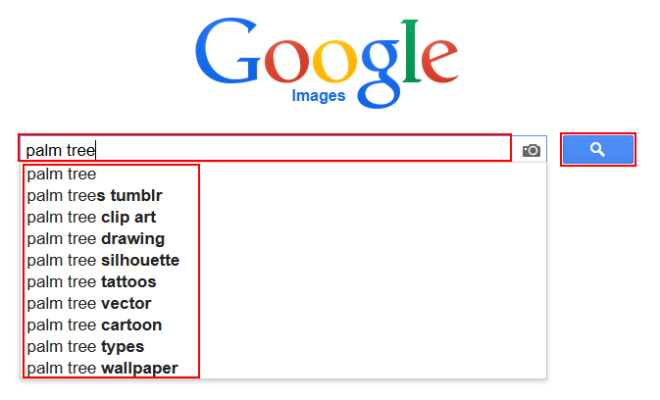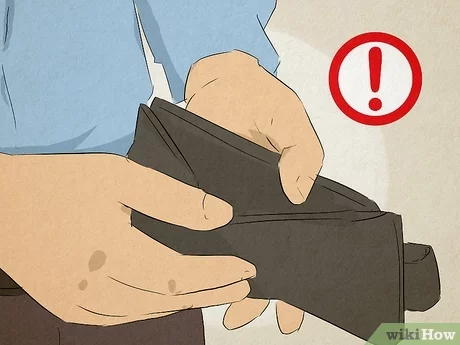How to Model on Blender

Introduction:
Blender is a powerful, open-source 3D modeling software used by professionals and hobbyists alike. Whether you’re new to 3D modeling or just migrating from another software, this article aims to guide you through the basic steps of modeling on Blender. From setting up your workspace to creating your first object, let’s dive into the world of 3D modeling with Blender.
1. Downloading and Installing Blender:
Before you can start modeling, you’ll need to install the latest version of Blender on your computer. Visit the official Blender website (https://www.blender.org/) and download the appropriate version for your operating system. Follow the installation prompts and open Blender once it is installed.
2. Setting up your Workspace:
Upon launching Blender, you will be greeted with its default workspace layout. Familiarize yourself with essential parts such as the 3D viewport (central area), outliner (object list), properties editor (object settings), and timeline (animation controls). You can customize your workspace by dragging panel edges or switching between predefined layouts found in the workspace tabs at the top.
3. Navigation:
Navigating around your scene is crucial when working in 3D space. Use the following controls in the viewport:
– Middle mouse button: rotate view
– Shift + middle mouse button: pan view
– Scroll wheel: zoom in and out
4. Basic Object Manipulation:
Blender starts with a cube object as default. Practice manipulating this object by using these commands in Object Mode:
– G: grab (move) an object
– R: rotate an object
– S: scale an object
You can constrain transformations to specific axes (X, Y, Z) by pressing the corresponding axis key after initiating a transform command.
5. Adding Objects:
To add new objects, press SHIFT + A inside the viewport. You’ll see a menu with different options, including Mesh, Light, and Camera. Adding a mesh (e.g., cube, sphere, cone) will give you a new object to begin modeling.
6. Modeling Basics – Edit Mode:
Switch from Object Mode to Edit Mode by pressing Tab or selecting it from the dropdown in the top-left corner of the viewport. In Edit Mode, you can manipulate individual vertices, edges, or faces of an object. Use similar shortcuts as in Object Mode (G for grab/move, R for rotate, S for scale), but now you’ll be affecting specific parts of your mesh.
Some additional essential Edit Mode shortcuts include:
– E: extrude selected vertices/edges/faces
– F: fill/create a face between selected vertices/edges
– CTRL + R: loop cut and slide (creates a new set of parallel edges)
7. Modifiers:
Modifiers help you achieve more complex models with non-destructive operations. To use modifiers:
– Select your object in Object Mode
– Go to the Properties Editor and click on the wrench icon (Modifiers tab)
– Click “Add Modifier” and choose one from the list (e.g., Subdivision Surface)
Experiment with various modifiers and their settings to refine your model’s shape and appearance.
8. Final Tips:
– Use reference images to improve your model’s accuracy
– Work with layers to organize complex projects better
– Save frequently and create incremental backups
Conclusion:
Now that we’ve covered the basics of modeling on Blender, it’s time for you to start experimenting and creating your own 3D scenes! Remember, practice makes perfect – don’t be afraid to make mistakes and learn from them along the way. Good luck and happy modeling!


